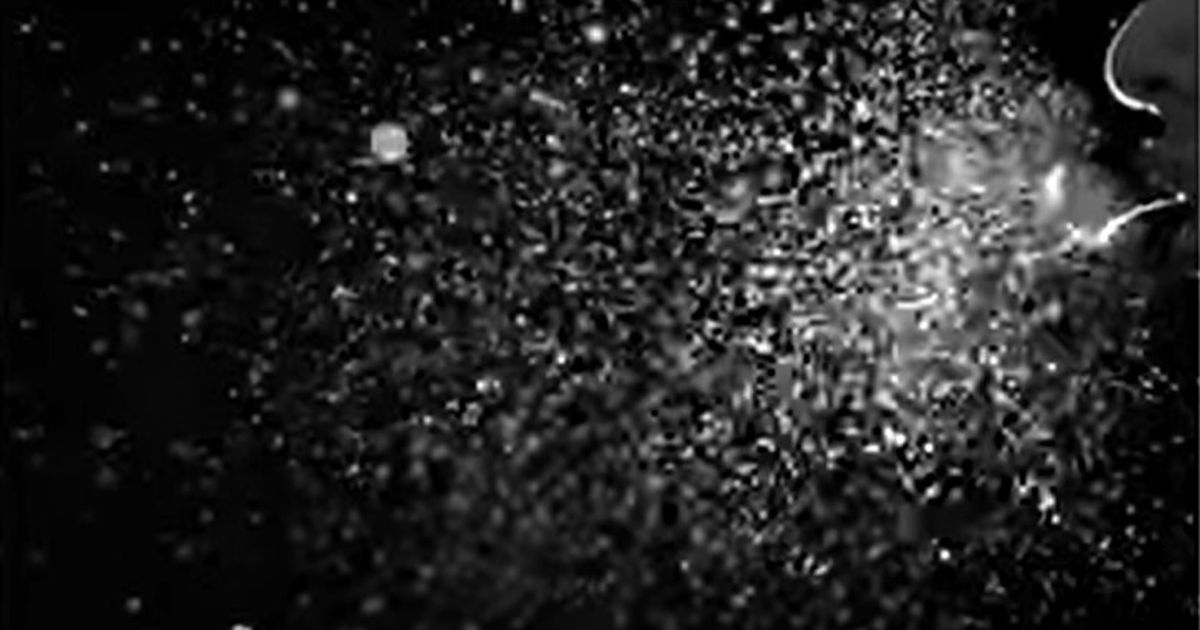
Researchers filmed the deluge of droplets that spew out of our mouths and noses when we talk, cough, and sneeze.
In under two minutes, the video shows how different masks block the inevitable purge of particles into the air, compared with no mask. The results, also recently published in the medical journal Thorax, underscore the critical importance of wearing masks amid a newly emerged pathogenic virus that spreads mostly by airborne transmission between people. Masks reduce the number of coronavirus particles an infected person expels into the air, which protects others, and there’s mounting evidence masks provide the wearer more protection, too.
The study’s big takeaways are:
-
When talking, wearing even a single-layer mask significantly limits the exhalation of droplets.
-
For coughing and sneezing, a double-layer mask is much more effective than a single-layer mask.
-
Generally, the more layers a mask has the better. The researchers suggest “at least three layers” and found surgical masks performed best in this study — though not everyone has access to these masks.
In the first 50 seconds of the video, someone counts out loud to 10 in slow motion, which the researchers captured with a high-speed camera. Next, the video shows someone coughing, and then sneezing. Without a mask, an extreme amount of particles takes to the air.
There’s not yet a vaccine nor proven therapeutic drugs (to help people recover from COVID-19), so masks are vital to curb the spread of this respiratory disease, according to top infectious disease experts in the U.S.
“We are not defenseless against COVID-19,” CDC Director Dr. Robert R. Redfield said in a statement. “Cloth face coverings are one of the most powerful weapons we have to slow and stop the spread of the virus — particularly when used universally within a community setting. All Americans have a responsibility to protect themselves, their families, and their communities.”
